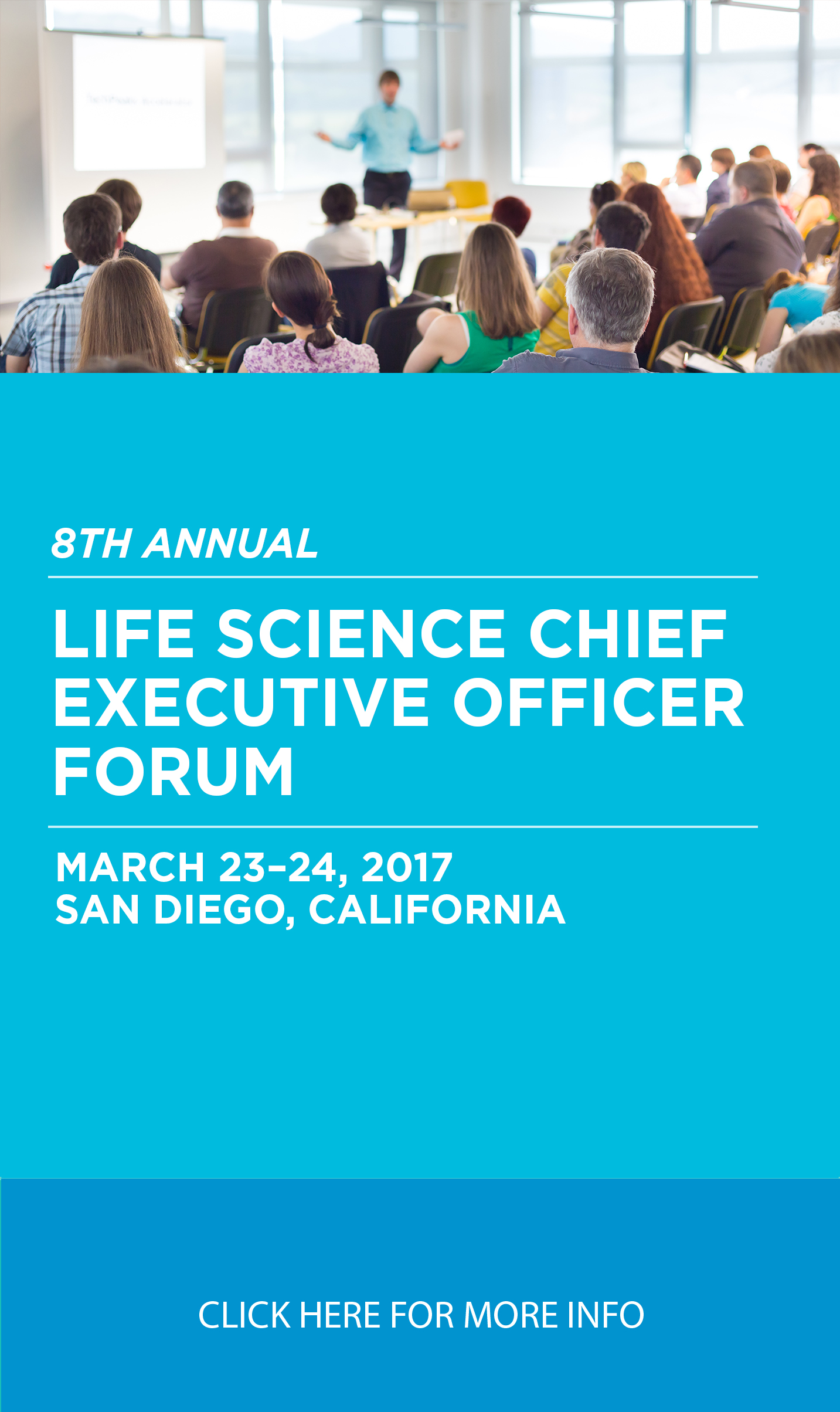Life Science 2017
3 Factors Impacting the Industry this Year3 Factors Impacting the Life Science Industry in 2017
Following spending decreases in 2016 and recent regulation changes, pharmaceutical, biosimilar, and medical device companies will see many factors affecting their growth in 2017. From technological advances to purchasing power, the industry is growing steadily. Leaders are now wondering which factors may have the biggest impact on their businesses. To remove the guesswork, we’ve developed a list of the biggest industry trends in 2017:
Technology
The life science industry is taking full advantage of technological advancements in 2017. This includes incorporating these innovations into product creation and manufacturing to cut costs and deliver better quality products. Some companies have begun producing pharmaceuticals and medical devices with 3D printers. This includes the maker of Spritam, Aprecia Pharmaceuticals, a 3D printed pharmaceutical manufactured with a 3D printer to ensure easy use and digestion. Other companies are printing prosthetics and customized medical devices, saving thousands in production costs. Patient-focused technologies are transforming the way life science businesses are not only reaching audiences but also tailoring to those audiences.
Artificial Intelligence (AI) is making its way into the life science industry. Advancements in AI abilities mean that this technology can be used to detect and confirm a diagnosis and help plan disease treatment. This technology is all the more useful when combined with the power of user interfaces like smart phones which may see a connection between AI and disease treatment soon. These additions to the industry are making it easier for patients to connect with the companies providing their care and get involved in their own care decisions.
M&A Opportunity
Following the economic downturn in 2009, global M&A activity was reduced by nearly 20% of its pre-recession value. In 2015, however, the market experienced an increase in M&A activity and value. Following this positive trend, the 2017 market is stronger than ever. 2017 M&A activity is poised to represent a sharp increase in revenue from 2016 which saw an M&A purchase total of $200 billion in the life science industry.
The pharmaceutical and biotechnology industries may be the focus of these M&A deals. Executive leaders are seeing greater opportunities for growth in partnerships. The recent move towards patient-centricity has encouraged many companies to combine resources. This is allowing companies to enter new markets, continue niche disease research, and introduce innovative therapies sooner. The M&A landscape of 2017 is looking better than 2016, as the life sciences are expected to be in the top three industries for partnership activity.
Life Science Spending
In 2017, pharmaceutical spending in the United States alone is expected to increase steadily from 2016. This is due to an increase in biosimilars and genetic drugs, increases in niche disease treatments, and earlier detection and treatment of diseases. This early niche treatment is expected to bolster biotechnology revenue especially as it reaches $3 billion in 2017 and continues to grow.
Medical device companies will also be seeing this growth. As many companies continue investing in minimally invasive procedure alternatives and early diagnostics, the industry is poised to grow steadily for the first time since 2015. And the more lower-cost devices are available to the public, the faster the industry will grow.
The outlook for life science in 2017 is positive. Industry predictions place life science in the top industries to thrive throughout the year. On March 23-24, life science executive leaders will meet to discuss the state of the industry and factors impacting its future for the 8th Annual Chief Executive Officer Forum in San Diego, CA. To learn more about this annual event, visit the Q1 Productions website, here.






